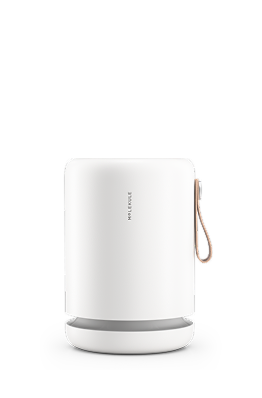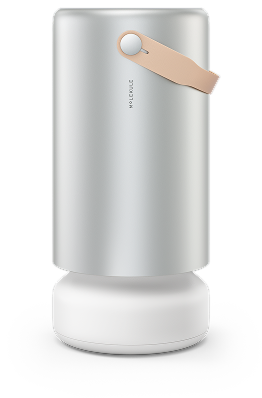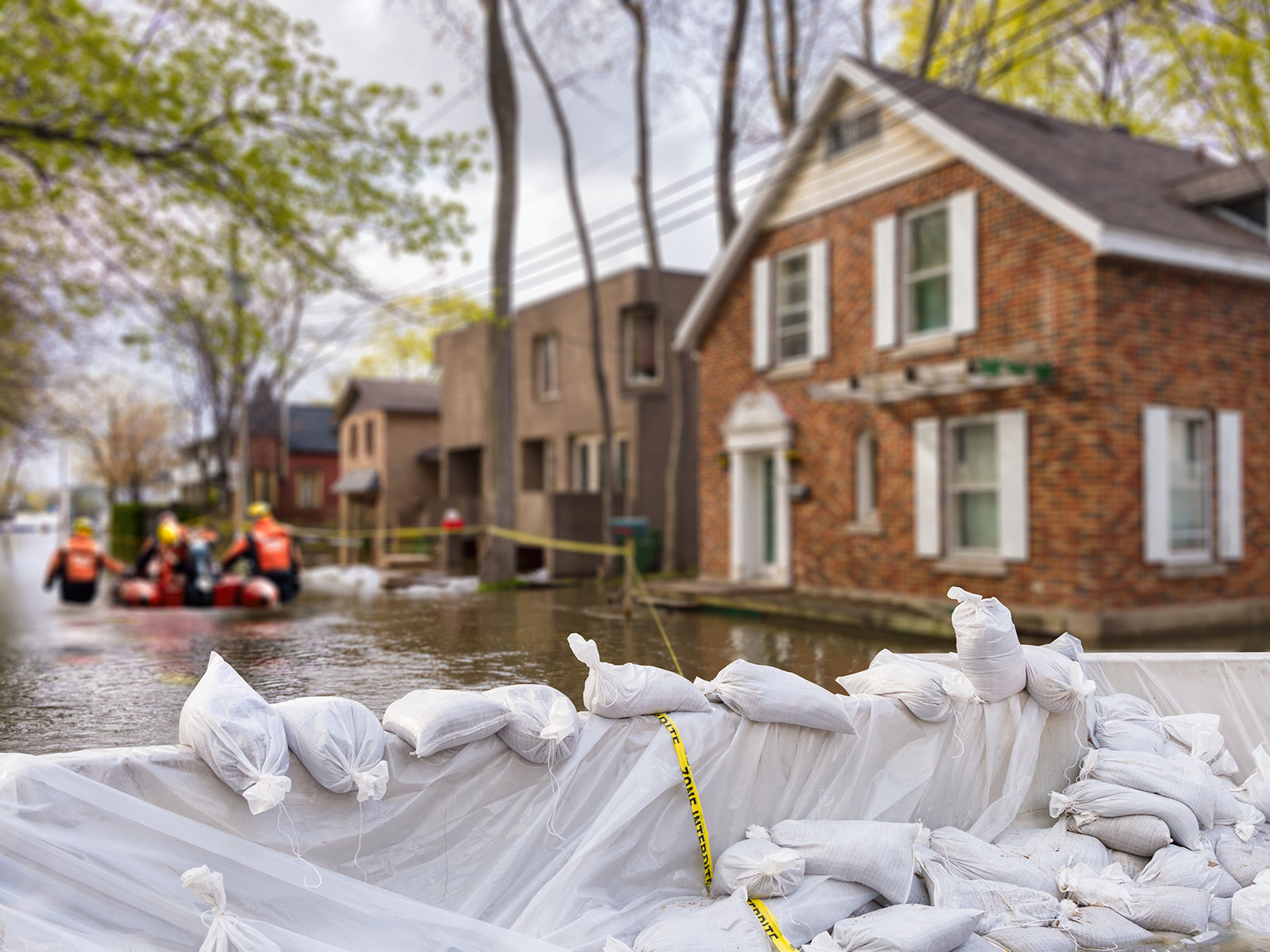Updated 9/18/18
Hurricane Florence made landfall on Friday, September 14 and has since brought record amounts of rainfall, power outages and hurricane-force winds ranging for 100 miles along the Carolina coast. The hurricane was later downgraded to a tropical storm and then categorized as a tropical depression. On Monday, North Carolina Gov. Roy Cooper warned that the storm “remains a significant disaster that affects much of our state. The next few days will be long ones as the flooding continues.”
As of Monday, the storm has pushed out, but the rivers are still rising, according to live updates by the New York Times. Emergency workers are hurrying into affected areas, where thousands of homes have been damaged and heavy rains have triggered severe flooding. Authorities in North Carolina and South Carolina have been rescuing people via air and water. Flash flood warnings are still in effect as flooding will continue over the next few days. Thousands remain out of their homes and do not know when they can return.
For people whose homes have been damaged, the hard work of cleanup will begin after officials have declared it is safe to return home. This article contains regional updates, safety tips upon return and safe cleanup strategies, as well as how to deal with flooding and mold.
Regional updates and resources
You can find the Google Crisis Response Team here that shows the affected areas, complete with the latest storm information, road closures, evacuation resources and public alerts.
Here are select regional, recent updates on the storm for North Carolina, South Carolina and Virginia; as well as where to find the latest information about evacuation orders and routes, shelters, public alerts, traffic and more:
North Carolina
- The town of Wilmington, which was previously completely cut off by the storm’s floods, now has very limited access, though authorities plan to deliver supplies by air. For updates, please see the official Twitter account for the National Weather Service, Wilmington, N.C.
- Several rivers (including Cape Fear, Little, Neuse and Rocky) are in “major flood” stage and warnings have been given in many North Carolina towns as well as parts of South Carolina.
- For up-to-date information, please see the North Carolina Department of Public Safety website and the North Carolina Emergency Management Twitter account.
- If you are a homeowner, renter or business owner in Beaufort, Bladen, Brunswick, Carteret, Columbus, Craven, Cumberland, Duplin, Harnett, Lenoir, Jones, New Hanover, Onslow, Pamlico, Pender, Robison, Sampson, or Wayne counties: You may apply for individual assistance from FEMA for uninsured or underinsured damage and losses from Hurricane Florence. You can file an insurance claim and then register with FEMA through the FEMA mobile app or by going to DisasterAssistance.gov. You can also call 800-621-3362 (FEMA).
South Carolina
- Evacuation orders have been lifted for Horry, Georgetown, Charleston, Dorchester, Berkeley and Colleton counties
- For the latest news, shelter information, traffic conditions and more, please see the South Carolina Emergency Management Division website and Twitter account.
- President Trump has declared major disaster for South Carolina and eight counties, which grants public assistance (federal reimbursement through FEMA).
Virginia
- The National Weather Service has lifted the tropical storm warning for coastal Virginia, and Gov. Ralph Northam has lifted the evacuation orders.
- Southwest Virginia should prepare for flooding this weekend. For more updates, please see the Virginia Department of Emergency Management website and Twitter.
Officials warn about the dangers of floods from rising rivers. “Now that the storm is gone and the sun is out, some people don’t really understand the impact of the floodwaters,” said the mayor of Fayetteville, N.C. Mitch Colvin. “That’s the dangerous part.”
Safety tips upon return to affected areas
You should only return to flood-affected areas after local authorities and officials have determined it is safe to return.
- First and foremost, do not drive or walk into flooded areas, as conditions can still be dangerous if water levels have not fully receded.
- If water is inside your home or power lines are down, make sure to turn off gas, power and water. During a power outage, unplug appliances to prevent electric shock when the power comes back on.
- If you use a generator or gasoline-powered tools during a power outage, be very careful and do not use inside a home, basement, garage, carport or anywhere less than 20 feet away from any door, window or vent (even if they are open). Any improper use can cause dangerous levels of carbon monoxide.
For more information and safety tips upon return, please see “Reentering Your Flooded Home” from the CDC.
Filing flood insurance claims
Please note that If you have experienced a flood, FEMA recommends that you contact your insurance company, and take pictures and video of your home and possessions. To file a flood insurance claim, you should 1) notify your insurer to start the claims process, 2) document the damage, and 3) complete a proof of loss. For more detailed information, please see: Filing a Flood Insurance Claim.
One important thing to note: If you have flood insurance, you must begin cleanup as soon as possible to prevent mold. If you wait and mold flourishes, your policy may not cover the cost of the cleanup. FEMA is offering some disaster assistance to victims not covered by flood insurance (as mentioned in the sections above for North Carolina and South Carolina), but the amount may not cover all the work you will need to do to make your home livable again.
Safe cleanup and prevention of mold
For people whose homes were flooded by Hurricane Florence, and are just returning to their homes, the hard work of cleaning up mold after flooding has begun. But if you are dealing with water damage, there is a serious health threat that might not be on your radar — mold. Soggy carpets, waterlogged furniture and damp drywall are perfect breeding grounds for it. Even if you cannot see it, that telltale musty smell is a dead giveaway that mold is lurking somewhere in your home. Mold can take hold surprisingly quickly after a flood, sometimes in just a matter of days. And it can have some serious health consequences.
How is mold harmful to your health?
If you are prone to allergies, mold can cause coughing, wheezing, shortness of breath and a stuffy nose. Even if you don’t have allergies, you may experience these symptoms. After Hurricane Katrina, respiratory problems were so common in New Orleans that doctors dubbed it “Katrina cough.” Mold exposure can also cause eye and skin irritation.
But for some people, exposure to mold can be a serious health emergency. If you have asthma, breathing in mold spores can trigger an asthma attack. This is especially concerning for children. One study of children with asthma in post-Katrina New Orleans found that nearly 80 percent were sensitive to mold. That’s three times the national rate. Other studies have found that long-term exposure to mold can cause otherwise healthy children to develop asthma. Mold is also dangerous if you have a weakened immune system, where it can get into the lungs and cause an infection.
If you think mold might be growing as a result of flood damage, make sure that children and anyone with breathing problems or compromised immune systems stays away until the mold is completely cleaned up.
How to nip mold in the bud
So how do you even know if you have got mold? According to the CDC, if your home was flooded and you weren’t able to get everything dry (including furniture) within 24 to 48 hours, you should assume you have some mold growth. Even if you can’t see or smell it yet, it’s probably there.
How you tackle it depends on the amount of water damage. If the moldy area is relatively small — 10 square feet or less — you can probably clean it up yourself. Anything more than that, and you may need to call in a professional to do the cleanup. And if you think the damage was caused by sewage or contaminated water, you should definitely leave the cleanup to the experts.
Before you do anything, contact your insurance company, and take pictures and video of your home and possessions. FEMA has detailed guidelines on how to file a flood insurance claim in the aftermath of a hurricane. One important thing to note: If you have flood insurance, you must begin cleanup as soon as possible to prevent mold. If you wait and mold flourishes, your policy may not cover the cost of the cleanup. FEMA is offering some grants to victims not covered by flood insurance, but the amount may not cover all the work you’ll need to do to make your home livable again.
Strategies for safe cleanup

The CDC offers these recommendations for dealing with water damage safely:
- Wear protective equipment including gloves, goggles and an N-95 mask when entering a water-damaged home.
- Open all doors and windows to provide good ventilation while you’re working. Don’t forget to open interior doors and closets to let air flow throughout the house.
- Use a wet vac to get up as much water as you can from floors.
- If parts of your home were submerged, you may have to pull up carpets and padding, tear out wet drywall and insulation, and throw away wet ceiling tiles. Mold sets into these items quickly and can be very hard to get rid of.
- Remove wet furniture and household items. Anything that’s been wet for more than 48 hours that can’t be cleaned and dried should be thrown away.
- If you have power, run the air conditioner and dehumidifiers to get rid of moisture. Fans can be helpful, but keep in mind that if mold has already started to grow, fans can actually stir it up and spread it throughout the house.
- Run an air purifier like Molekule that can destroy airborne mold spores and improve air quality inside your house.
- Scrub any visible mold off of hard surfaces with household cleaner or bleach solution, and dry right away. If you use bleach, make sure you’re in a well-ventilated area and that you dilute it properly (1 cup of bleach per gallon of water). Never mix bleach with ammonia, as the mix can produce toxic fumes.
- Do not paint or caulk until you are sure the mold is completely gone.
- After leaving, shower and change clothes right away to avoid bringing mold spores with you.
When should you hire a professional?
Cleaning up after a flood is dirty — and sometimes dangerous — work. If the damage is extensive, the work is best left to a professional. Your insurance company may refer you to a qualified mold removal specialist, or you can search for contractors on sites like Yelp or Angie’s List. When talking to contractors, make sure they have experience with mold cleanup, and ask for references. The CDC recommends hiring a professional that has been certified by the National Environmental Health Association (NEHA).
Do not take mold lightly
If your home was damaged in a hurricane, mold might feel like the least of your worries. But it can have serious long-term health consequences if not dealt with properly. After cleanup is done, there should be no signs of water damage or mold growth. If you still smell or see mold, you’ve got more work to do. If you notice an increase in allergy-like symptoms after returning to your home, you may still have some mold. It may take some time, but it’s important to keep at it until the mold is completely eliminated.
Last year after Hurricanes Irma and Harvey, we worked with SBP, a relief organization that helps families in disaster-impacted communities rebuild their homes and lives. At Molekule, we are deeply saddened when a natural disaster strikes, and we hope those affected can quickly recover. If you need further assistance in rebuilding, the SCEMD lists different types of help for individuals, including legal and housing assistance and crisis counseling. You can also find assistance by filling out a personal questionnaire at DisasterAssistance.gov, as well as information on filing a flood claim with FEMA at this link.







